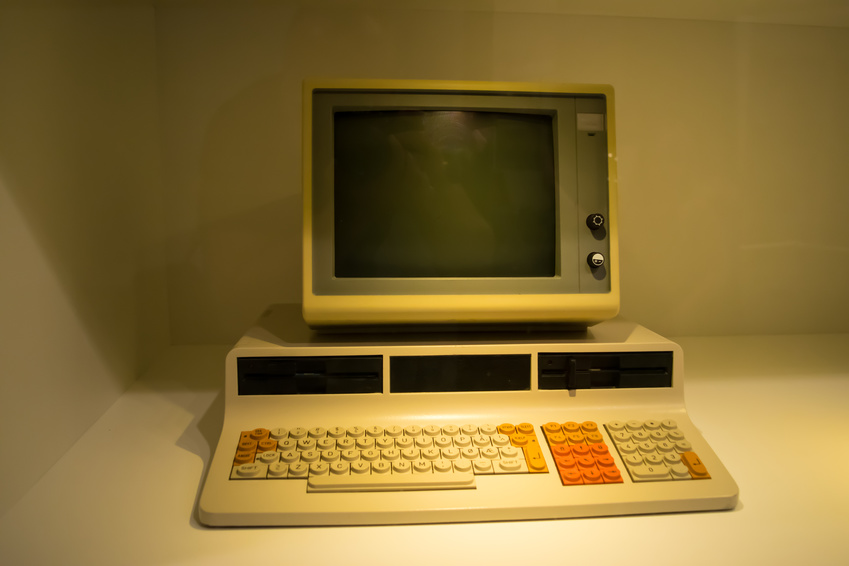We all know how much faster a new PC feels over an old one, but the cost of replacing a fleet of PCs in a business can come with sticker shock. However, it’s worth considering how much old computers are costing your business as well, when deciding on replacing computers.
Software
Over time, computers tend to get bogged down with software, from random applications that users downloaded to accomplish a single task, to old versions of Java and Flash. The more that accumulates, the slower a PC will feel. The more programs running on a PC, the greater the chance for a conflict that requires a technician to resolve.
Hardware
People will occasionally try to extend the life of a system by purchasing replacement hardware components, such as RAM or a new hard drive. For example, hard drive failure, due to temperature and humidity changes and simple use, dramatically increases after the 3-year point. While replacement parts can buy a little more time for a machine to be used, they also require a technician to install, and after replacing one piece, like an old car, it’s just a matter of time before something else needs to be replaced or repaired. These increasingly frequent hardware purchases will quickly add up.
Security
The older a system is, the more difficult it is to keep it fully up-to-date. These older systems will frequently encounter issues patching. Going back to the software problem discussed above, it’s important to keep applications, as well as the operating system, up-to-date, as hackers will frequently target outdated versions of common applications, such as Adobe Reader or Java. When old versions or forgotten software are left unpatched, they serve as open doors for hackers.
Productivity
Each minute your employees have to sit watching a loading screen is a minute they’re not working. Over a year, this loss in productivity quickly adds up. In addition to each task taking that much longer, older PCs need much more attention from technicians, which also tends to interrupt your employees.
Replacement Cycle
Three to five years is the lifespan of a business-grade PC these days. Around the 4-year point, in particular, is when we start to see huge increases in failures, dramatic decreases in performance, and just overall frustration from users. Getting on a regular computer replacement cycle within this 3 to 5-year timeframe will keep your employees happy and productive, and costs will be predictable and manageable, as many companies will replace a few PCs each quarter. It’s much easier to plan out these costs as part of your budget, rather than having to unexpectedly spend in an emergency. Contact us today to learn more about the PC replacement cycle and how much old computers could be costing your business.







